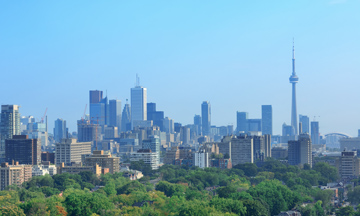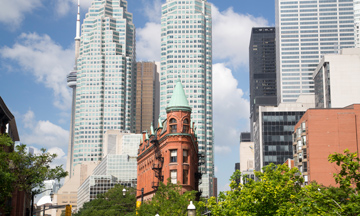With fresh rains heralding the arrival of spring, renewed greenery and blooming trees remind us that our planet is filled with things worth protecting.
Eco-conscious trends in home design and construction highlight how we can tread lightly on the planet and blend in seamlessly with elegant, low-impact homes. From rainwater recovery to green roofs, here are some of this spring’s top eco solutions.
Passive Heating and Cooling
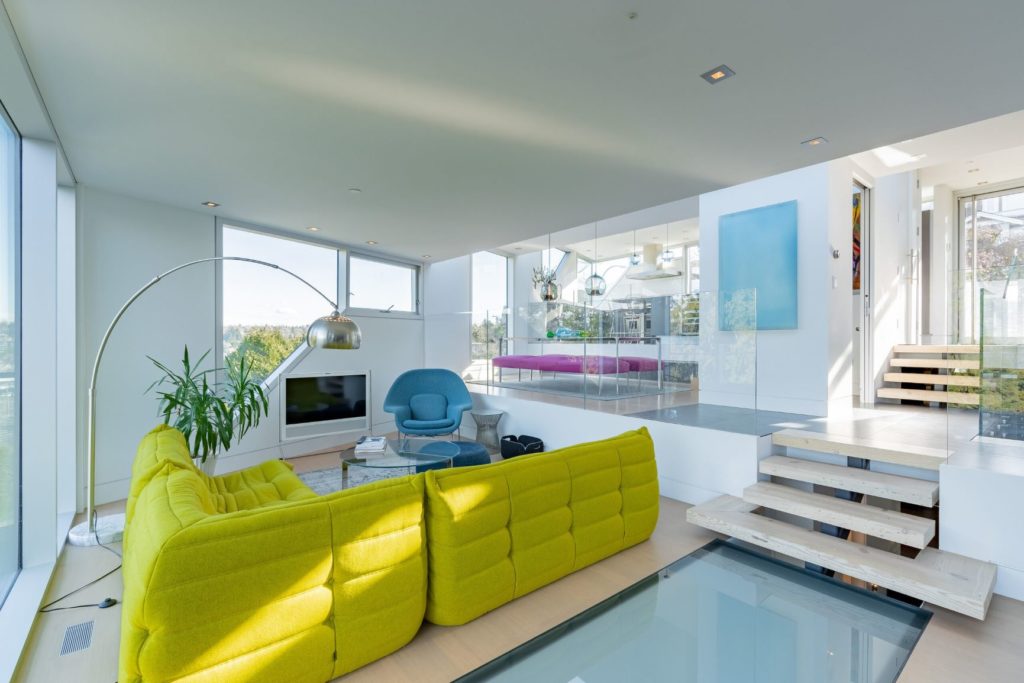
Originally conceived in Germany in the 1980s, passive homes are carefully engineered to maintain a comfortable temperature no matter what the weather—and they’re steadily gaining in popularity. Common strategies include excellent insulation and triple-glazed windows, strategically placed windows and ventilation, and use of heat that would otherwise be wasted, such as from appliances. They may still require a supplementary heating or cooling system, but the overall energy cost (and resulting carbon footprint) of a passive structure is just a fraction of that of a standard home. The German “Passivhaus Institute” offers certification for passive homes that comply with their rigorous environmental standards.
Tip: Before turning on the A/C, try some passive cooling techniques to keep your home comfortable this summer. Open windows around the house to promote cross breezes and air circulation, keep windows shaded or shuttered during the hottest part of the day, use energy-efficient bulbs, and keep your appliances turned off whenever possible.
Smart Homes
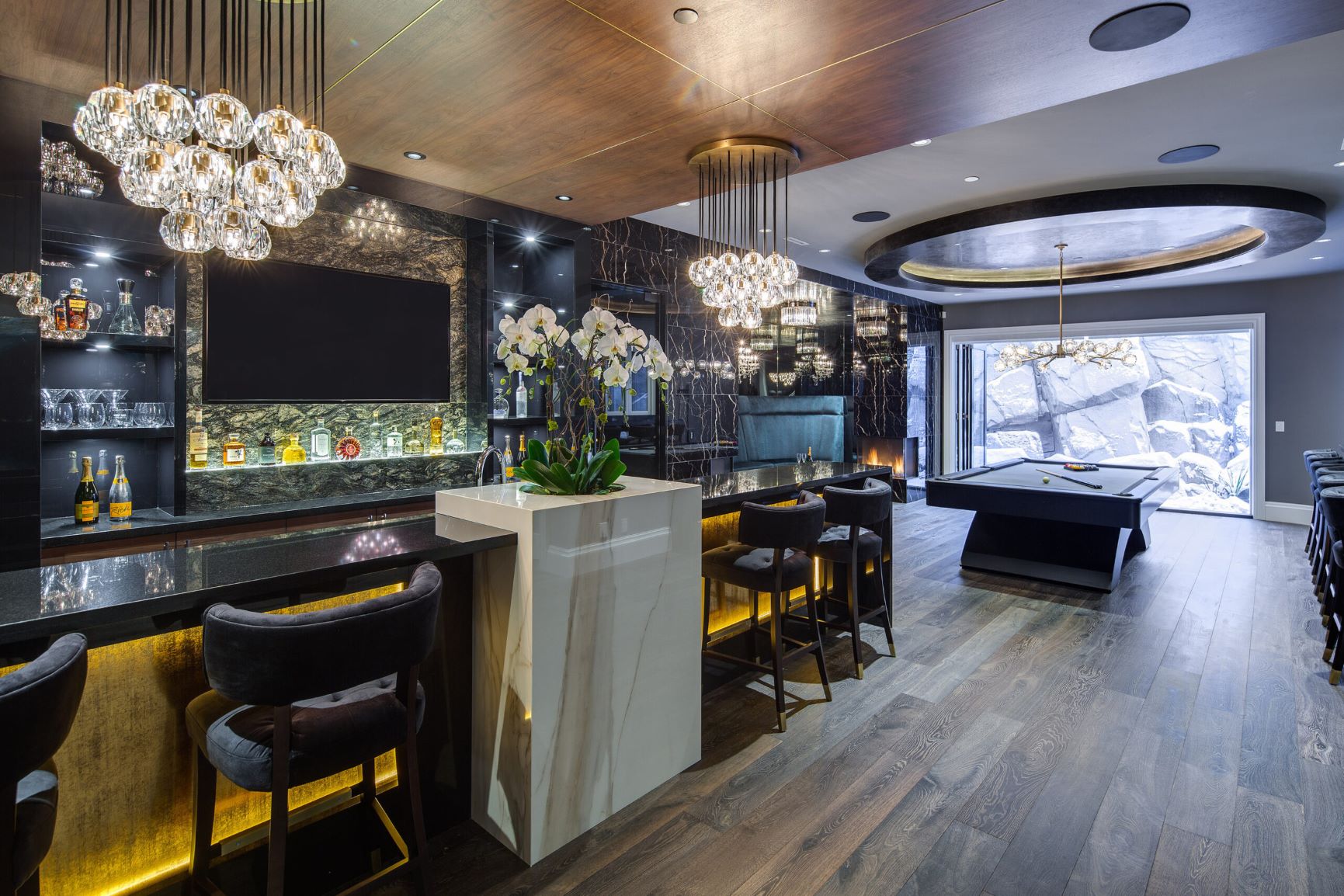
The current trend towards smart homes hints at the direction all real estate will be heading in the years to come. A smart home uses the Internet of Things (IoT) to connect a home’s lighting, appliances, and other systems via wifi. The result is a seamlessly connected home that can be controlled from your smartphone, no matter where you are. The opportunities for energy savings are endless: programming the lights to turn on at the time you arrive home in the evening, turning the heating down while you’re sleeping or at work, and double checking that nothing extraneous has been left on while you’re away from home are just the beginning.
Tip: If you’re wanting to test out smart home technology, AI helpers like Google Assistant or Amazon’s Alexa can set you up to experience hands-free convenience, and ready you for the leap to integrated home systems.
Local Building Materials
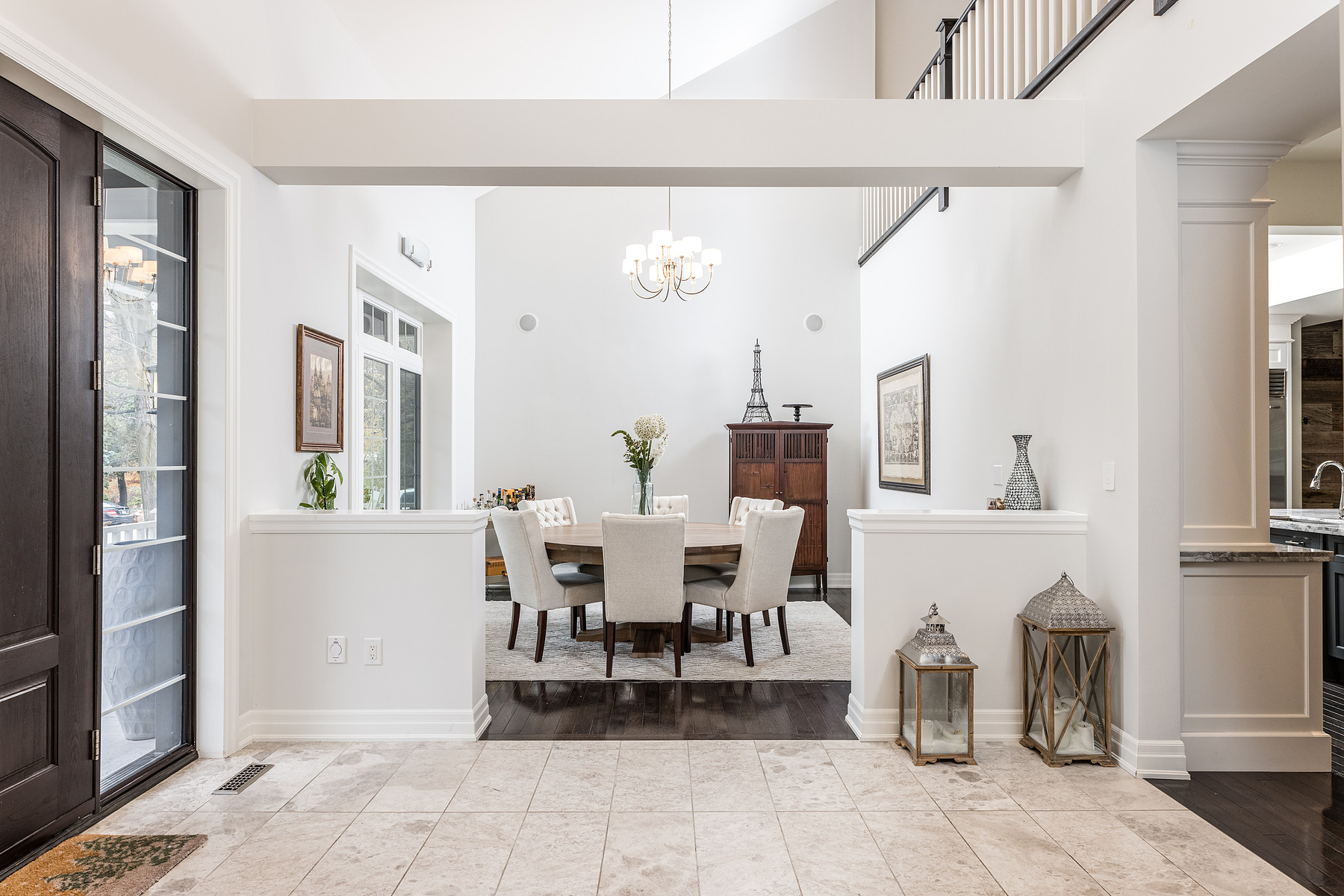
The 100-Mile Diet isn’t the only way to reduce the environmental costs of international shipping. The “shop local” movement is making an appearance in the construction and real estate industries, too. Crafting homes with local building materials offers a boost to the local economy and saves vast amounts of carbon emissions by only requiring materials to travel a short distance to the building site. Italian marble and Indonesian teak may have connoted luxury in times past, but ethically sourced B.C. limestone and Canadian timber can be used to equally great effect.
Tip: Planning some upgrades to your home this year? Consider using local materials to build out your outdoor living space.
Green Roofs
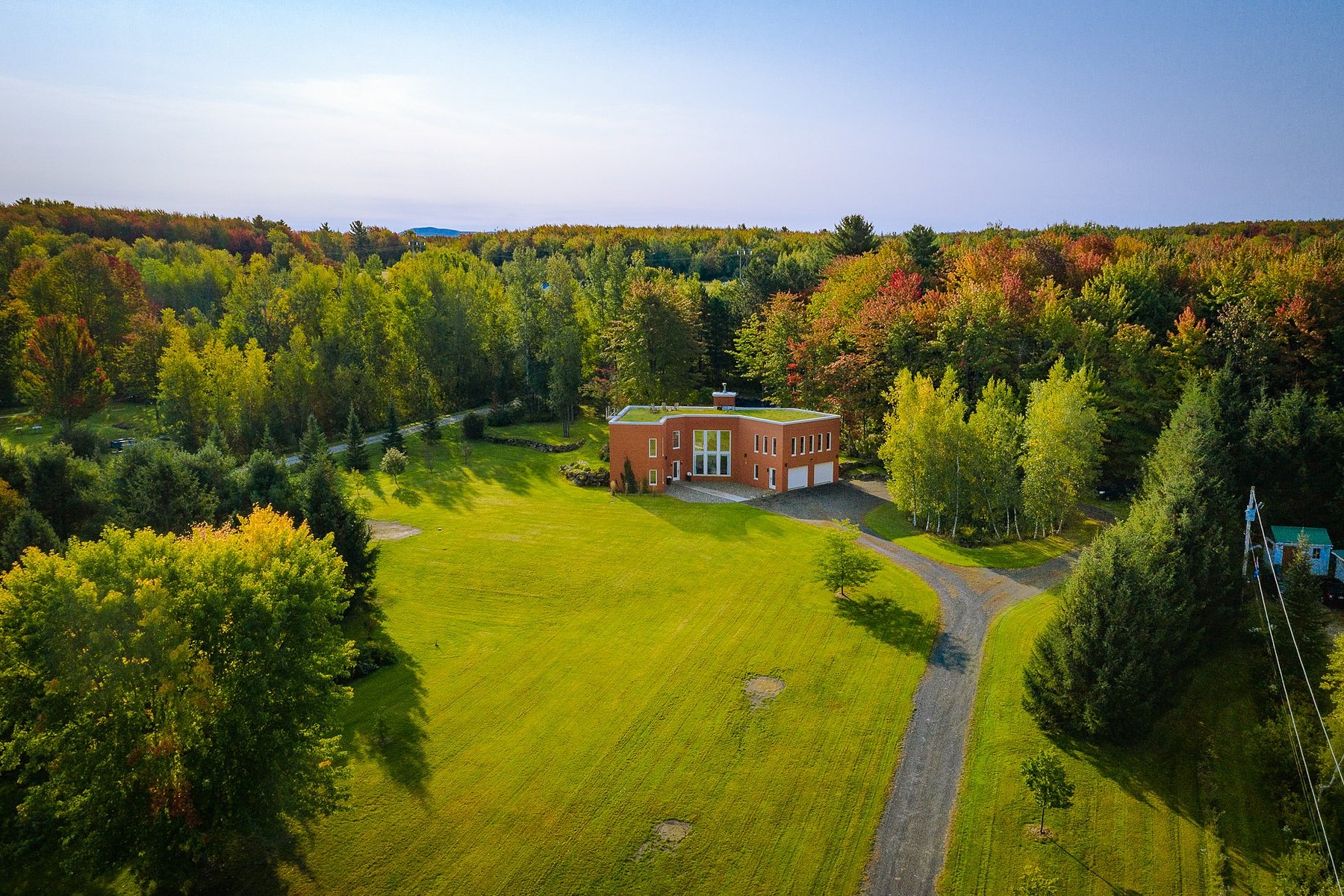
Black asphalt shingles are a classic look for roofs in North America, but they absorb heat, which raises the temperature of the home and ultimately contributes to global warming. An emerging eco-conscious approach is the green roof: a roof with an underlying waterproof membrane, and plant life growing on top. Green roofs do a lot of good for the environment, such as improving air quality and providing habitat for birds, bugs, and bees. They’re also a good investment for your home: they provide better insulation than standard roofs (which keeps energy costs low) and last nearly twice as long;, they add sound-proofing, and they’re naturally flame-retardant.
Tip: If your home can’t accommodate a grassy roof, solar panels are a similarly forward-thinking choice that benefit the planet by drawing from a renewable resource. Depending on location, solar panels can also earn homeowners rebates for contributing energy to the grid.
As we recognize the importance of slowing down climate change and protecting our planet, eco-conscious homes will continue to trend. Luckily, what’s good for Earth is good for us, too—eco-friendly houses are beautiful, sustainable, and have lower operating costs. And elegant passive homes, fragrant rooftop gardens, strong relationships with local suppliers, and considered use of smart home technology all play a part in a more sustainable lifestyle.

